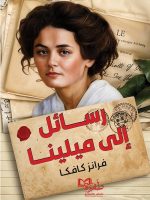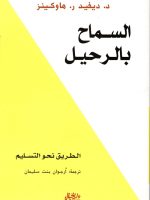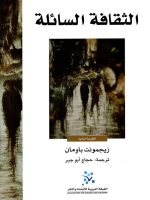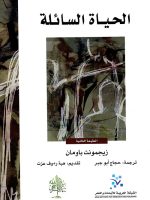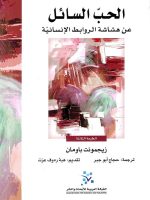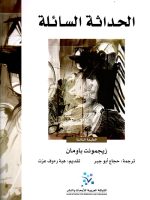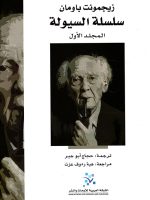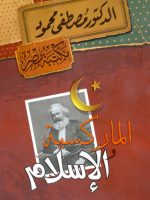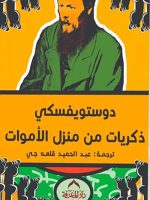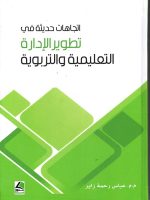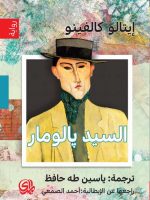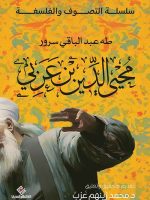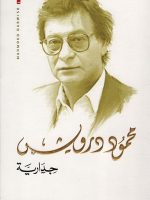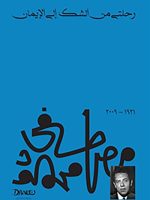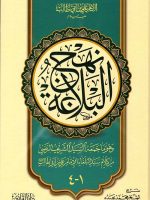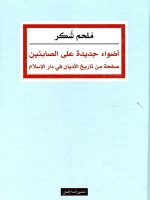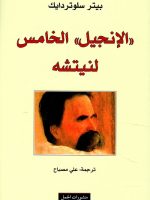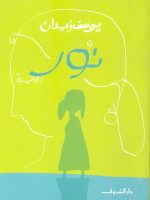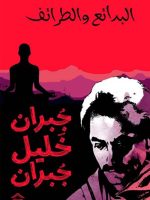-
Letters to Milena
د.ا4.97Letters to Milena is a book that collects some of Franz Kafka’s letters to the Czech journalist Milena Jesenská from 1920 to 1923.
د.ا7.10 -
Letting go; the road to delivery
د.ا8.52The book explores how to release negative emotions and surrender to the present moment to achieve inner peace
د.ا9.94 -
Liquid Culture
د.ا3.00Discusses the transformation of culture in the contemporary world and the impact of globalization and technology on human relationships and identities.
د.ا3.50 -
Liquid Modernity
د.ا7.00This book discusses the disintegration of social structures in the modern era and the transformation of relationships and institutions into unstable and fluid forms.
د.ا7.50 -
Liquidity Series Two Volumes
د.ا35.00The Fluidity Series analyzes the transformations of modern societies from static to fluid in various areas of life.
د.ا35.50 -
-
Memories of the House of the Dead
د.ا4.97A novel that tells the story of a prisoner’s experience in Siberia, reviewing the lives of detainees and their psychological and physical suffering in a harsh place, and reflects a deep vision of freedom and humanity.
د.ا7.10 -
Mother Adriana
د.ا5.00A novel about a strong woman who confronts personal and social challenges in a complex and changing world.
د.ا5.50 -
Mr. Palomar
د.ا4.97A book that presents the philosophical and profound reflections of a character who observes the world in detail, in an attempt to understand life and existence through the simplest everyday scenes.
د.ا5.68 -
Muhyiddin Ibn Arabi
د.ا4.26A book that presents an analytical and comprehensive study of the thought and influence of the great philosopher and mystic Muhyiddin Ibn Arabi, explaining his spiritual contemplations and profound philosophy.
د.ا4.97 -
Mural
د.ا4.26It is a long poem by Mahmoud Darwish that expresses the poet’s struggle with death, and addresses the topics of existence, memory, and dreams, within a political and existential context that reflects the issues of the homeland and the Palestinian people.
د.ا4.97 -
My journey from doubt to faith
د.ا2.13I refused to worship God because I was immersed in worshipping myself and admired the flash of light that began to flash in my mind with the opening of consciousness and the beginning of the awakening from the cradle of childhood.
This psychological state was behind the controversial scene that recurs every day. I also missed the origins of logic and I am dealing with logic and I did not realize that I am contradicting myself as I recognize the Creator and then say who created the Creator and make him a creature at the time when I call him a creator, which is sophistry itself.
Moreover, to say a first cause of existence requires that this cause must exist in itself and not dependent or need others to exist. If a cause needs a cause, this makes it one of the causal links and does not make it a first cause.د.ا3.55 -
Nahj al-Balagha
د.ا7.50It is a collection of sermons, letters, and sayings of Imam Ali ibn Abi Talib, reflecting his wisdom and eloquence in matters of religion, politics, and morality.
د.ا8.00 -
New Lights on the Sabians A Page from the History of Religions in the House of Islam
د.ا14.20A book that reviews the history of the Sabians and their impact on the Islamic world, revealing new aspects of their understanding and cultural and religious influence.
د.ا15.62 -
Nietzsche’s Fifth Gospel
د.ا3.55A philosophical exploration of faith in the face of love and loss.
د.ا4.97 -
Nour
د.ا7.00This philosophical novel explores the depths of the human psyche through its heroine’s journey in search of inner light and the existential meaning of life.
-
Novelties and curiosities
د.ا2.13Gibran’s literary style was characterized by smooth words, simplicity of expression, the use of all linguistic formulas and styles, and the frequent use of metaphors and figures of speech. Perhaps the most important feature of Gibran’s literary works is creativity in the art of photography. We find many beautiful, imaginative artistic images full of deep meanings and expressions covering his literary works; because he was an artist and painter who initially depicted the idea and then created it. Gibran relied on two styles in his literary works: the first is characterized by strength and revolution against beliefs and customs and the call for freedom, and the second is characterized by the love of enjoying life and the call to follow inclinations
د.ا3.55
